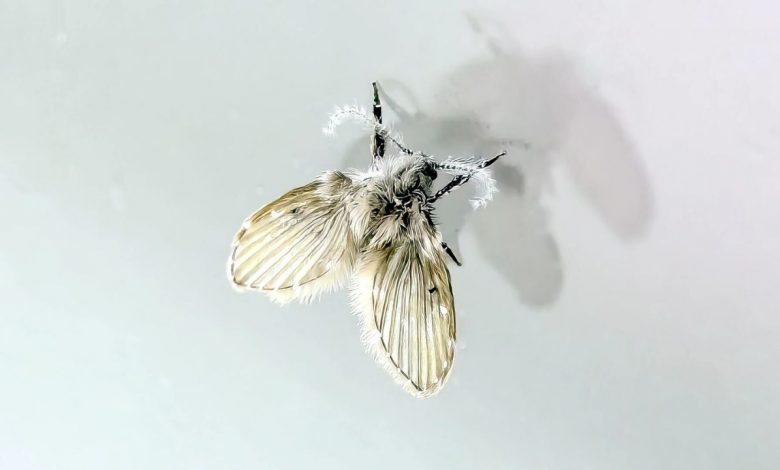
Sewage flies are a real obsession for homeowners. Although not a dangerous insect, drain flies are annoying because of their large numbers. In addition, drain flies are also difficult to destroy, must treat the source if you want to get rid of them completely.
So what kind of insect are drain flies? Why do they enter the house? How to get rid of drain flies? Let Trendbbq.com clarify all issues in this article.
Table of Contents,
1. What are drain flies?
Drain flies, also known as sewer gnats or moth flies, are small flying insects that are commonly found around drains, sewage systems, and stagnant water sources. They are part of the family Psychodidae and are characterized by their hairy bodies and long antennae.
These flies are typically dark gray or black in color and have a distinct pattern of veins on their wings. They are relatively small, measuring about 1/8 inch (3-5 mm) in length. Drain flies are not strong fliers and are often seen flying in a short, erratic pattern.
Drain flies are attracted to moist, organic materials such as decaying matter, sewage, and standing water. They lay their eggs in the organic material found in drains and pipes, and their larvae, known as drain fly larvae or “moth fly maggots,” feed on the decomposing matter. As a result, infestations often occur in kitchens, bathrooms, and other areas with damp conditions
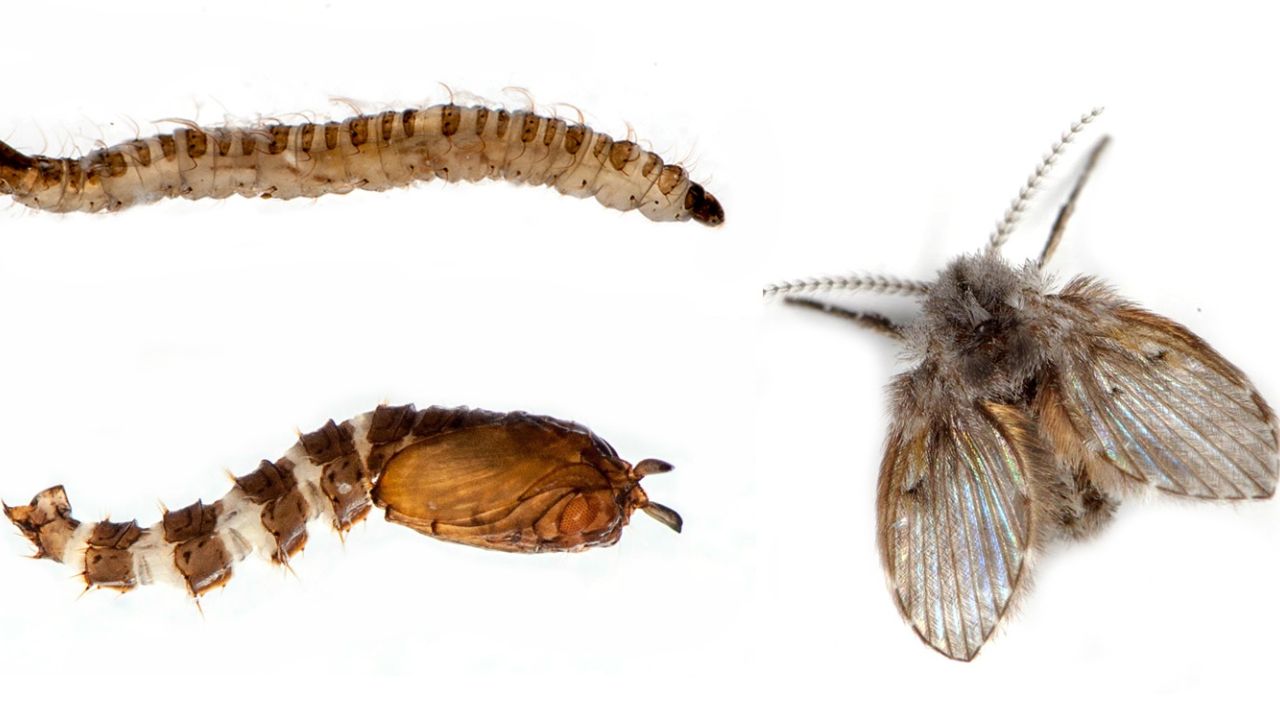
2. What causes drain flies
Having a lot of drain flies (sewer gnats or moth flies) in your home or property is usually a sign of a conducive environment for their breeding and development. Several factors can contribute to a drain fly infestation:
- Moisture: Drain flies are attracted to moist environments, as they lay their eggs in organic materials found in damp areas such as drains, pipes, and standing water. Leaky pipes, clogged drains, or areas with poor ventilation can create the ideal breeding ground for these insects.
- Organic Matter: Drain flies feed on decaying organic matter, so if there is food residue, grease, or other organic debris in drains or stagnant water, it can attract and support a large population of drain flies.
- Poor Drainage: Areas with poor drainage or water accumulation can create breeding sites for drain flies. Puddles, waterlogged soil, or standing water in potted plants can be attractive to these insects.
- Unattended Drains: Drains that are not regularly cleaned or sanitized can become a breeding site for drain flies. Organic matter buildup inside the drains provides a food source for the larvae.
- Overwatered Plants: Overwatering indoor or outdoor plants can lead to waterlogged soil, which can attract drain flies to lay their eggs.
- Decaying Organic Material: Dead insects, decaying fruits or vegetables, and other organic debris left uncleaned can serve as a food source for drain fly larvae.
- Warm Temperatures: Drain flies thrive in warm environments, and higher temperatures can accelerate their development and reproduction.
3. Are drain flies harmful?
No, drain flies (sewer gnats or moth flies) are not harmful to humans or pets. They do not bite, sting, or transmit diseases like some other insects do. Drain flies are considered nuisance pests primarily because of their presence in homes and the annoyance they can cause.
However, while drain flies themselves are not harmful, their presence may indicate underlying issues in your property that need to be addressed. Large populations of drain flies can be an indicator of poor sanitation, moisture problems, or clogged drains. These conditions can lead to other problems, such as mold growth or bacterial buildup in drains, which can be harmful to human health.
4. How to get rid of drain flies
In many cases, simply flushing your drain can remove both eggs and larvae and eliminate “temptations” for flies to return. Here are the ways to get rid of drain flies:
Hot water
The simplest method to kill drain fly eggs and larvae is to gently flush the drain with boiling water 1-2 times a day, continuously for about a week. Boiling water also cleans the organic deposits in the pipes, without food flies will no longer come.
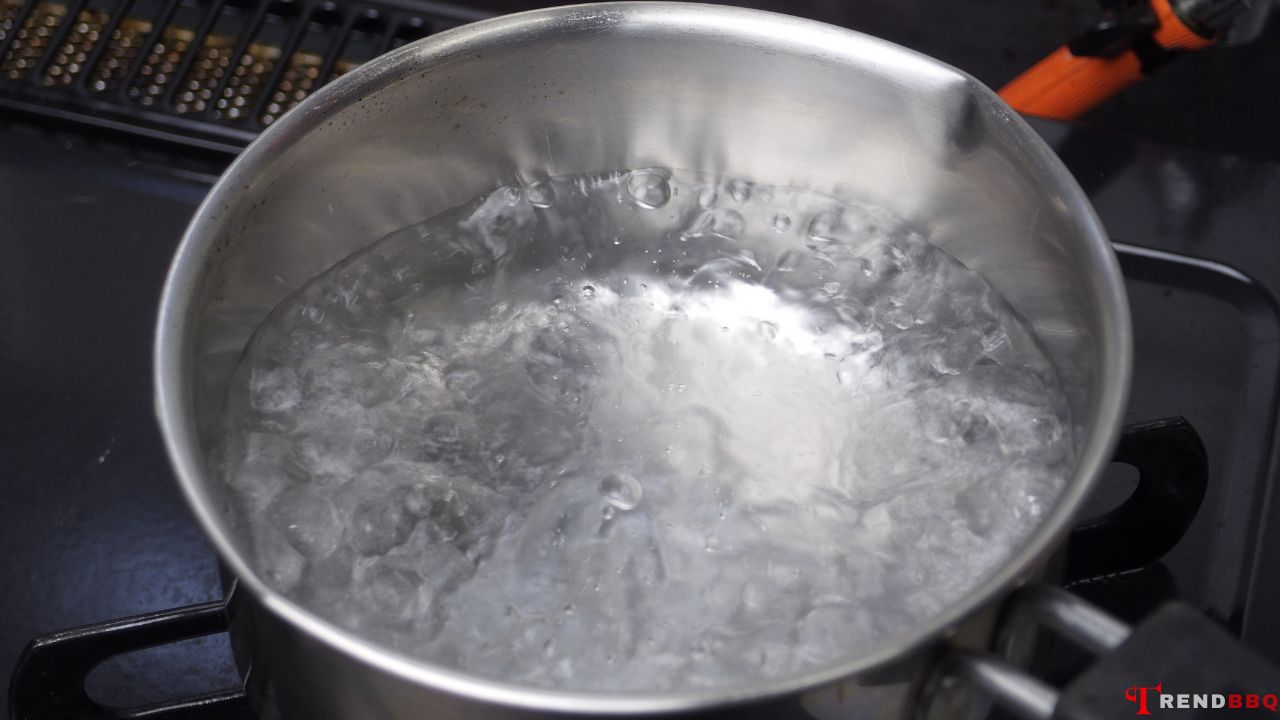
Trap flies with a mixture: soap + water + sugar + vinegar
Take a bowl full of water, add a few drops of soap, sugar, and vinegar. Stir well and place the bowl of water near the manhole for a few days to attract flies. They will be kept in the water.
Baking soda + Salt + Vinegar
These are the ingredients that are often mentioned as an effective natural way to unclog drains. Like boiling water, the main use of this mixture is to clean organic deposits along the pipe, but the mixture can clean pipes in deeper locations. After letting the mixture soak until morning, flush the pipes with boiling water.
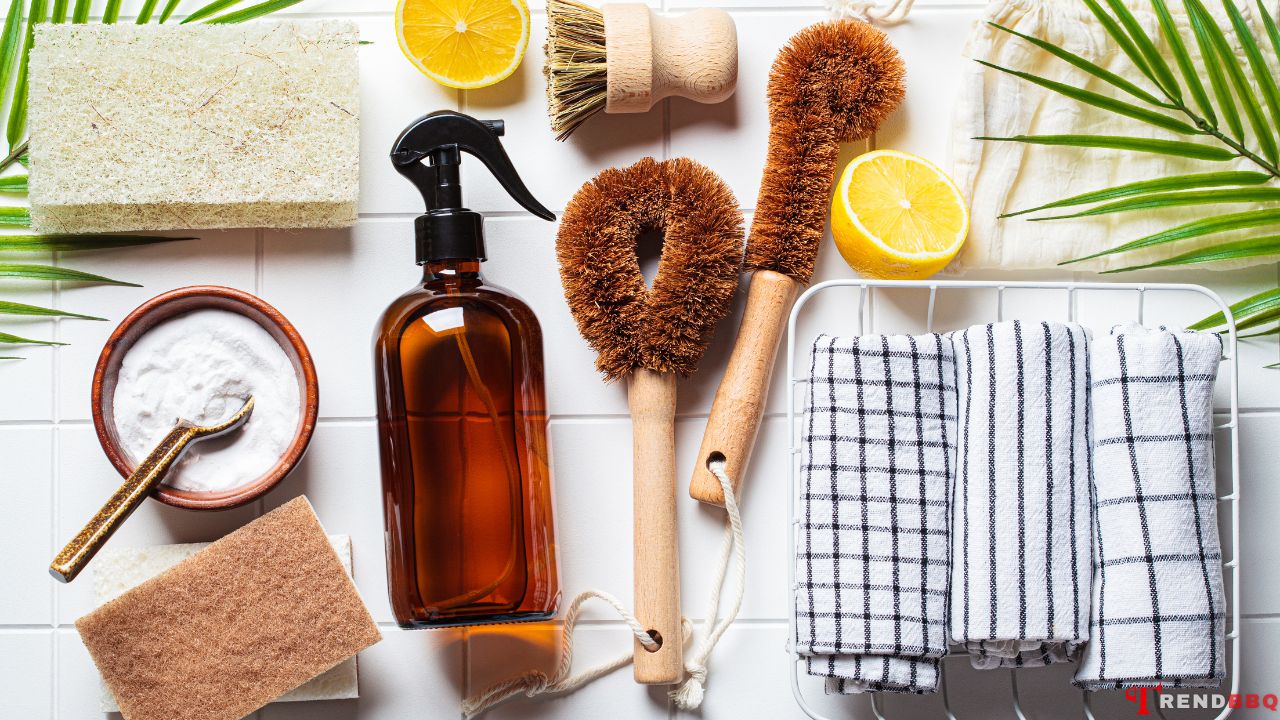
Trap flies with: vinegar and food wrap
Pour vinegar into ½ bowl, cover the bowl with plastic wrap and punch small holes so that flies can only get in but not get out.
Tape
Using duct tape to trap sewer flies is an extremely simple way. All you need is a piece of tape bought at the grocery store, put some fruit peels or leftovers on it, the flies will swoop in on their own.
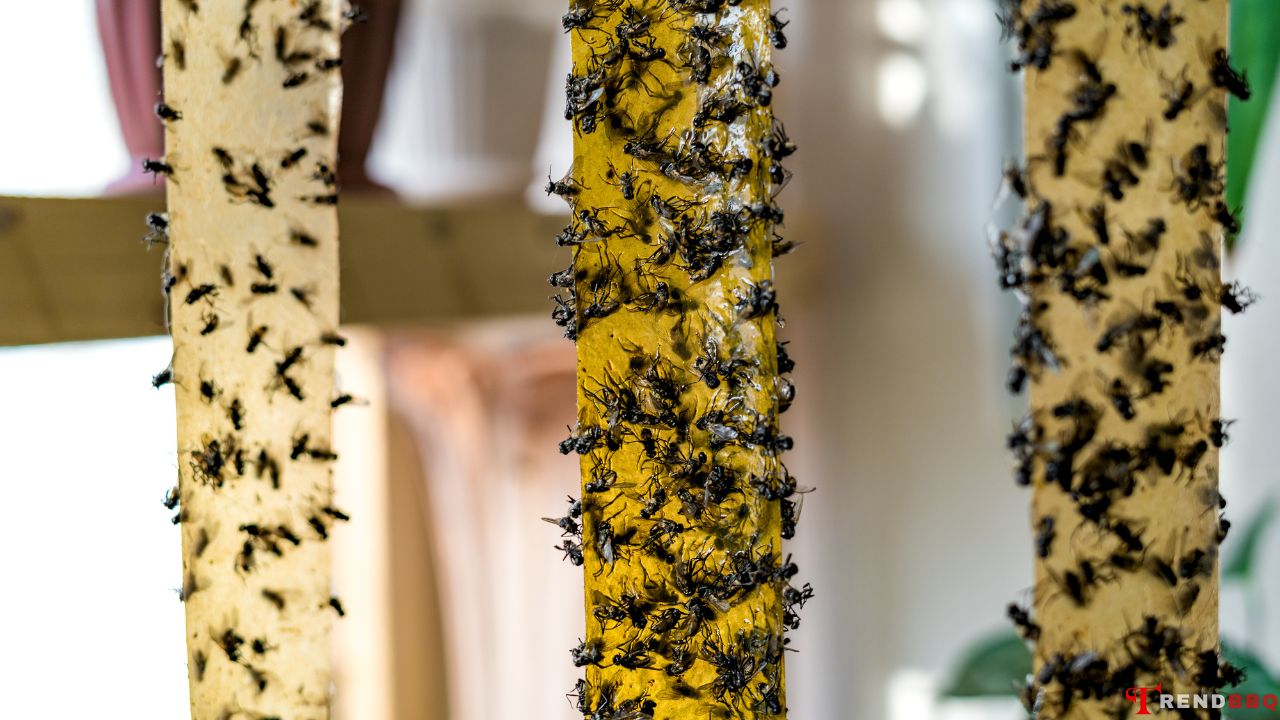
5. How Do I Prevent Drain Flies From Returning?
Sewage flies often find stagnant places containing organic matter and garbage. Therefore, the way to prevent sewer flies from returning is nothing better than keeping your sewer system clear. If your drain is clogged, don’t be afraid to buy a convenient unblocking product or call a plumber as soon as possible.
Besides, it is very important to clean the toilet regularly and keep it dry. Don’t forget to never leave a dirty mop in a bucket of water.
Hope this article will clear up all your questions about sewer flies. Now you know what drain flies are, what causes them, and how to get rid of drain flies. Trendbbq.com wishes you success in keeping this nuisance out of your home.
6. FAQs
⭐⭐⭐ What are drain flies?
Drain flies, also known as sewer gnats or moth flies, are small flying insects commonly found around drains and moist areas in homes and commercial buildings.
⭐⭐⭐ Are chemical insecticides effective against drain flies?
Chemical insecticides can be effective in killing drain flies, but they should be used with caution and as a last resort. Non-toxic and natural methods of control are recommended as a first line of defense.
⭐⭐⭐ How long do drain flies live?
The lifespan of a drain fly is relatively short, usually around 1 to 3 weeks.
⭐⭐⭐ Can drain flies infest other areas of my home?
Drain flies are primarily attracted to moist environments, so they are most commonly found in bathrooms, kitchens, and laundry rooms near drains. However, if the conditions are right, they may infect other areas with moisture problems.
⭐⭐⭐ Should I seek professional pest control for drain flies?
If you have a severe drain fly infestation or are unable to identify and eliminate the source of the problem, it may be beneficial to seek the help of a professional pest control service to ensure effective and safe eradication of the pests.


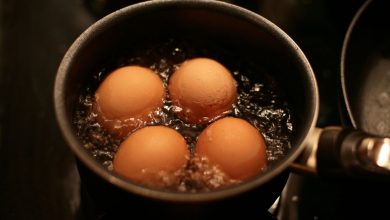
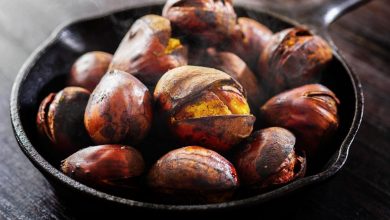
Can you be more specific about the content of your article? After reading it, I still have some doubts. Hope you can help me.
I don’t think the title of your article matches the content lol. Just kidding, mainly because I had some doubts after reading the article.
Your article helped me a lot, is there any more related content? Thanks!
Your point of view caught my eye and was very interesting. Thanks. I have a question for you.
Your point of view caught my eye and was very interesting. Thanks. I have a question for you.
Can you be more specific about the content of your article? After reading it, I still have some doubts. Hope you can help me.
I don’t think the title of your article matches the content lol. Just kidding, mainly because I had some doubts after reading the article. https://www.binance.com/ES_la/register?ref=T7KCZASX
I don’t think the title of your article matches the content lol. Just kidding, mainly because I had some doubts after reading the article.
Your point of view caught my eye and was very interesting. Thanks. I have a question for you.
Your point of view caught my eye and was very interesting. Thanks. I have a question for you.
I am extremely impressed together with your writing talents
as well as with the format on your blog. Is this a paid subject matter or
did you customize it your self? Either way keep up the excellent quality writing, it is uncommon to look a great blog like
this one today. Snipfeed!
I’m really inspired along with your writing abilities as well as with the layout to your weblog. Is this a paid theme or did you modify it your self? Anyway stay up the excellent quality writing, it’s uncommon to look a nice weblog like this one these days!
Your point of view caught my eye and was very interesting. Thanks. I have a question for you.
Thanks for sharing. I read many of your blog posts, cool, your blog is very good.
Thank you, your article surprised me, there is such an excellent point of view. Thank you for sharing, I learned a lot.
Thanks for sharing. I read many of your blog posts, cool, your blog is very good.
I don’t think the title of your article matches the content lol. Just kidding, mainly because I had some doubts after reading the article. https://www.binance.info/en-IN/register-person?ref=UM6SMJM3